Your Ultimate Roadmap to Front-End Development

Have you ever gazed at your favorite website in awe, wondering how its buttons work or how it manages to look so intriguing and attractive? Do you ever wish you could create something that looks just as amazing? Well, if you aspire to become a front-end developer, the good news is that it is a wise long-term career option.
According to projections from the Bureau of Labor Statistics, overall employment in these fields is expected to grow by a staggering 23% from 2021 to 2031. That's much faster than the average growth rate for all occupations combined.
So if a front-end developer career outlook is on your mind but you’re feeling overwhelmed by the sheer number of languages and tools involved in front-end development, don’t worry. After all, with options like HTML, CSS, JavaScript, Python, Java, C#, PHP, React, and more, it's easy to get lost in the shuffle.
We've got you covered. If you're looking to break into the world of front-end development, the cleanest and easiest place to start is with the basics: HTML, CSS, and JavaScript. We’ll also provide you with a front-end developer description. So let’s get started!
What is front-end Development?
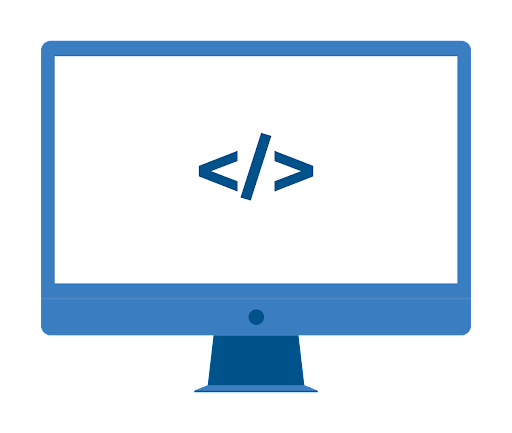
Front-end development is the process of creating the user interface of a website or application. It involves designing and implementing the layout, structure, and functionality of the user interface.
The Basics of front-end Development
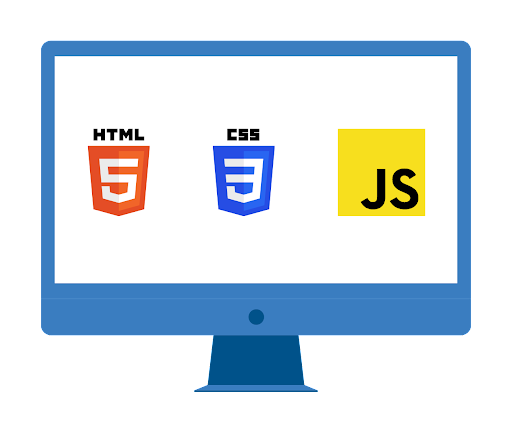
While it's true that there are other tools and frameworks like React and Bootstrap out there, they should be considered add-ons to the core foundation of front-end development. In other words, the ultimate guide to front-end development still starts with HTML, CSS, and JS.
So, if you're feeling confused and overwhelmed by all the options out there, don't worry. Just stick with the basics and build the skills required for a front-end developer from there. With a strong foundation in HTML, CSS, and JS, you'll be well on your way to becoming a front-end development pro in no time. So let's have a detailed look at it.
What skills are required for a front-end developer? When it comes to front-end development, mastering the fundamentals is key. And those fundamentals are none other than HTML, CSS, and JavaScript.
HTML
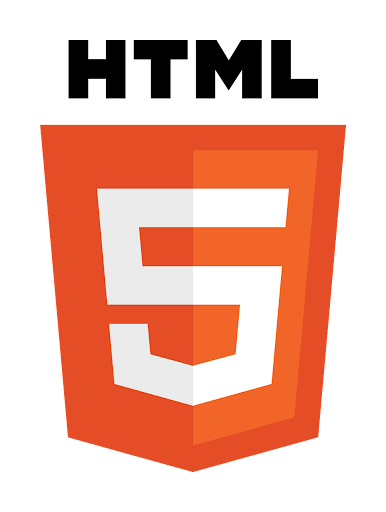
HTML is the foundation of any web page, defining the structure and layout of the content. Think of it as the building blocks of your web page, with elements like images, text, and icons all defined through HTML code. It’s crucial to understand how to use HTML to create the structure of a webpage.
CSS
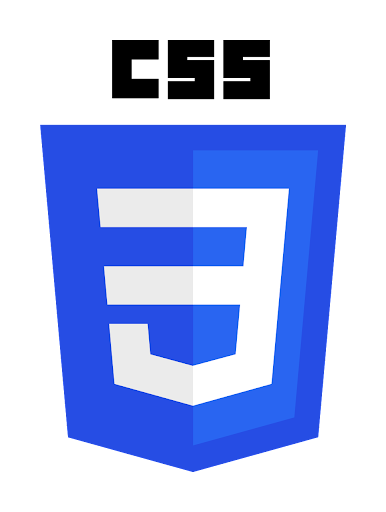
What good is a web page if it doesn't look great? That's where CSS (Cascading Style Sheets) comes in. It is utilized to style the HTML elements. With CSS, you can add visual effects to your web page, making it stand out with different fonts, colors, and effects. From making an image look round to adding hover or animation effects, CSS is all about bringing your web page to life. If you’re thinking of going in for a career in front-end development, it’s vital to have a good understanding of CSS to create attractive and responsive designs.
Javascript
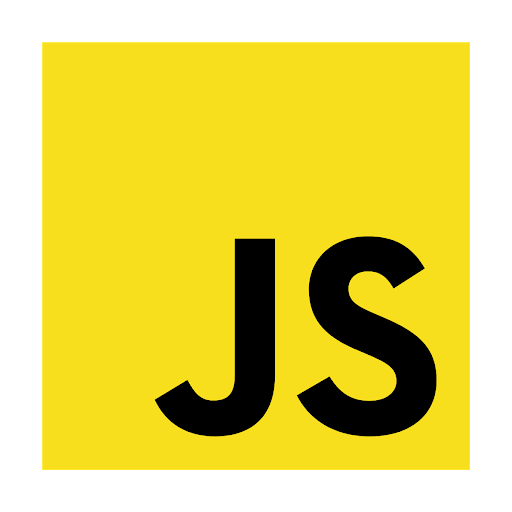
Finally, we have JavaScript, the language of interactivity. With JavaScript, you can add functionality to your web page, making it dynamic and engaging. Whether it's a button that triggers an action or an icon that reveals additional content, JavaScript is what makes the user experience truly interactive.
So, by mastering these three languages, you'll be well on your way to becoming a top-notch front-end developer. With a deep understanding of HTML, CSS, and JavaScript, you'll be able to create beautiful, functional, and engaging web pages that users will love.
The Importance of a Good Responsive Design
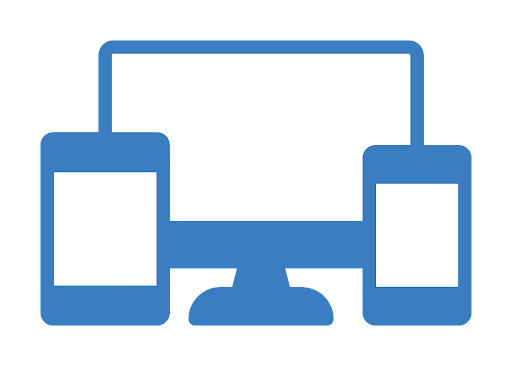
As mobile usage is increasing, the importance of good responsive design is essential now more than ever before. It helps to create responsive designs that work well on different screen sizes. A front-end developer must understand how does responsive design work and the nuances of how to create responsive designs using CSS.
User experience: User experience (UX) design involves creating user-friendly and intuitive interfaces. A front-end developer must have a good understanding of UX design principles.
Front-end Frameworks and Libraries
Now that we've covered the fundamentals of front-end development, it's time to talk about front-end frameworks and front-end libraries.
So what are front-end libraries? When building websites, there's often a lot of repetitive code that we have to write. That's where frameworks and a front-end library come in, offering pre-written code that we can reuse on our own website. Ultimately, though, these frameworks and libraries still boil down to HTML, CSS, and JavaScript.
The most popular frameworks and libraries in use today are React, Angular, and Vue. But don't worry, you don't need to learn all of them to get started. Depending on your job requirements and personal interests, you may only need to learn one of them.
If you're unsure which one to start with, my recommendation would be React. It's incredibly popular, and it was built by Facebook, so you know it's got the backing of some top-tier developers.
So, while you should focus on mastering the basics of HTML, CSS, and JavaScript, don't be afraid to dive into what are front-end libraries and frameworks as well. They can help you be more efficient and effective in your work, ultimately leading to better results and happier clients.
Once we are done with the fundamentals and one of the frameworks, what's next?
Code Editor
We use a code editor to write and edit code. Some of the most popular code editors include Visual Studio Code, Sublime Text, and Atom.
Version Control System
Wondering how version control system works?
We use a version control system to track our project history and to work collaboratively with other team members. Git is the most popular version control system in the world. Using a version control system like GitHub is essential for collaborating on software projects and keeping track of changes over time.
CSS Preprocessors
An example of CSS preprocessors that are commonly used in front-end development include Sass, Less, and Stylus. We use CSS preprocessors such as Sass and Less to simplify the process of writing CSS.
JavaScript Libraries and Frameworks
An understanding of the examples of JavaScript frameworks is crucial for front-end development.
JavaScript libraries and frameworks such as React, Vue, and Angular are commonly used in front-end development. After all, they are utilized to create dynamic user interfaces. One example of JavaScript libraries used in front-end development is jQuery, which simplifies and enhances JavaScript functionalities for web development.
Package Managers
Front-end developers utilize package managers such as npm and Yarn to manage dependencies and packages.
How you can learn more about Front-end development
If you are looking for a better and more in-depth understanding of front-end development and want to learn to be a front-end developer, here are some of the popular resources needed to become a front-end developer:
Online Courses: One of the best resources to learn front-end development are platforms such as Udemy, Coursera, and edX. They offer an extensive range of online courses on front-end development.
Blogs and Tutorials: There are several blogs and tutorials available on the internet that show you front-end web developer education requirements. They offer step-by-step instructions on how to learn front-end development.
YouTube Videos: When YouTube is available, you don’t even have to wonder about front-end developer where to start. YouTube has a wealth of video tutorials on front-end development so it becomes convenient and easily accessible to check out.
Books: There are several books available on front-end development that cover the basics as well as advanced topics.
Meetups and Conferences: Attending meetups and conferences is another great way to network with other front-end developers and learn from experts in the field.
To sum it up
All in all, the career path of a front-end developer is complete with challenges and successes aplenty. If you're aiming to start a career in front-end development, remember these essentials: start with HTML, CSS, and JS as the fundamentals. Learn at least one framework or library, and follow up with the Git version control system for project management and collaboration. You don't need to be an expert in everything, but understanding and practicing these tools is crucial to getting started with your career.
To stand out in the field, consider investing in additional tools like CSS preprocessors (like Sass) and Typescript. These extras may increase your chances of landing your dream job.
So there you have it, your roadmap for front-end development. I hope this guide has been helpful. If you have any questions, you can always reach out to us! Our proficient and professional front-end developers leave no stone unturned to make sure you get the aestehtically pleasing website designs you always wanted.
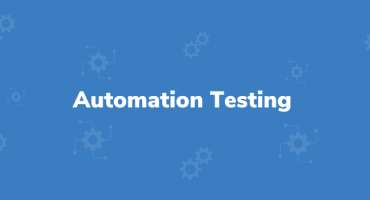
Why Automation Testing Cannot Completely Replace Manual Testing

The Significance and Benefits of Project Manager Meetings


